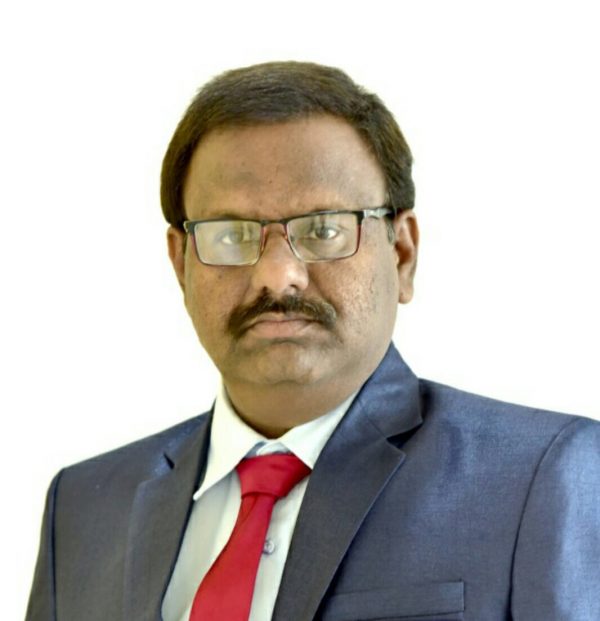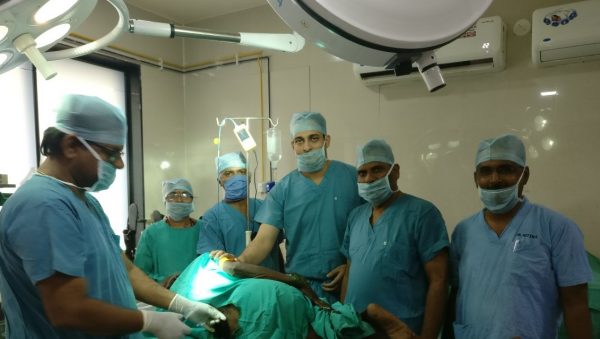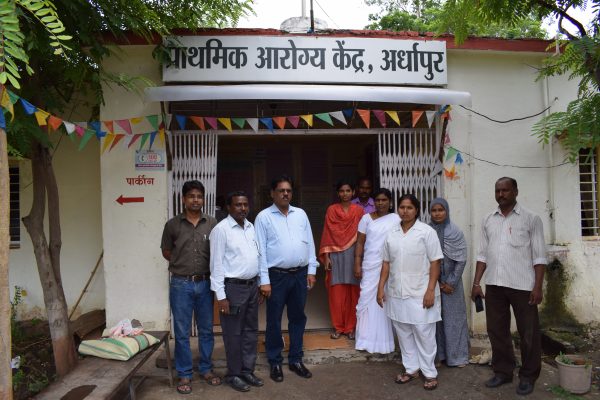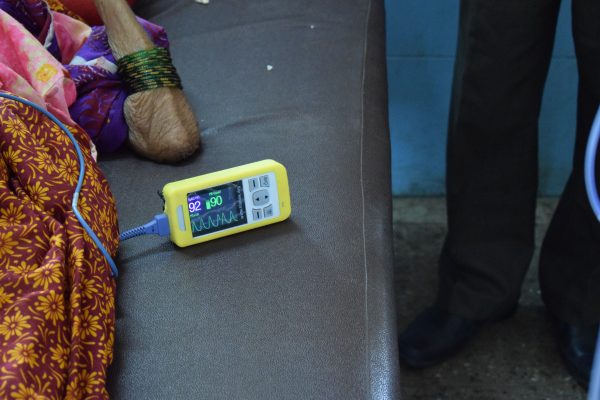
Meet Dr Someshwar Patange
Here we learn more about his mission – “safe anaesthesia equals safer surgery.”
 Can you talk about some of the challenges that anaesthesia providers face in delivering safe surgical care in your region?
Can you talk about some of the challenges that anaesthesia providers face in delivering safe surgical care in your region?
If you see today’s newspaper in India you will find a story: “Death of 36 children because of lack of oxygen in Hospital in Uttar Pradesh.”
It indicates everything about the situations here. In my district too, in few hospitals in the rural areas, we sometimes have to induce cases without oxygen. We hardly use nitrous oxide here, and you know it is very difficult to induce a patient without N2O.
A second problem is the availability of anaesthesia providers. In Nanded district we are nearly 70 anaesthesiologists, which is far less than the required number. Everyone has to run from one hospital to another for emergency or planned cases. The equipment resources are also limited.
Once we finish surgery, we handover the patients to nursing staff for post operative care. They hardly use pulse oximetry, and very few know about hypoxia algorithms. We are used to carrying our own necessary equipment, like Ambu bags and laryngoscopes. I hardly use capnography or a Boyle’s machine here. Volatile anaesthesia agents are rarely available, except Halothane at some centers in the rural areas of Nanded district.
But the future will be different. I hope so.
What are you hoping to achieve through working with Lifebox?
“Helping Hands are always better than Praying Hands,” is the saying. While submitting my needs assessments of this region, I attached a link about an incident which happened at that time.
A hospital had a death of a patient in the post-operative room. I visited there, saw that there was no pulse oximetry in recovery. So many incidents like this are not uncommon here.
So I hope with the help of Lifebox, there will be decrease in the incidence of such mortality. I want to submit or present a future study paper to the government, and in different conferences: “The changes/decrease in mortality rate in areas covered by Lifebox”.
Can you shared a story of a patient whose life was changed by a safe operation?
Just few days back, a small baby of 16 months went too close to an electric heater (the stove, used for heating water for the bath). His mother’s attention was diverted, because of the arrival of someone at the doorstep.
It looked like something new and interesting to him. He bent down to look at a closer distance… and accidentally fell directly, landing in it on his face. He lost his nose, lips and one eye from the burning. When I met him in OR…very pathetic, awful to see. He had only two holes at the place of nose (nostrils). One hole as mouth, without lips.
It was a very challenging case for me to intubate in such conditions. But thanks to Kitty, the Lifebox programme manager who came recently. She gifted me one Lifebox pulse oximeter during her visit to Nanded. It was with me in my anaesthesia bag.
I went for blind nasal intubation while monitoring his SPo2…and succeeded after two attempts. I was grateful to the Lifebox pulse oximeter, and its accurate alarming systems.
How does pulse oximetry help to keep a patient safe?
Just after the visit of Kitty I started using Lifebox pulse oximeter in the post-operative room of my regular hospital. I was trying to educate the staff regarding how to use the Lifebox pulse oximeter, the hypoxia algorithms, the WHO Surgical Safety Checklist.
One day we had three cases in a row. The first was an obese patient of 120 kg, for Laparoscopic surgery. After completing my routine reversal after general anaesthetic, I shifted him to the post-operative room. We were already busy in the OR with next case, under local anaesthesia. Suddenly the nursing staff rushed into the OR, telling me that “SPO2 of that post-operative room’s patient is falling down”.
I went with her, I saw the patient’s SPO2 was 68%. He was in Apnoea. He might still be under some residual effect of the sedative drugs, and his tongue had fallen. I quickly lifted his jaw, started oxygen. Gave him ventilation (IPPV) by Ambu bag for three minutes.
He recovered. He opened his eyes. And that day everyone admired the use of pulse oximeter in recovery, and I thank Lifebox. I believe this shows that there will be decrease in mortality by improving post operative care.
What are your hopes for future of anaesthesia in Maharashtra?
Maharashtra is a big state in India – I think it is bigger than many small countries.
And you can see vast differences between metropolitan cities and interior Maharashtra. Metro City, like Mumbai, is a hub for medical tourism. Patients from developed countries come to Mumbai to get good medical treatment at relatively cheap cost. I can’t compare their anaesthesia with what we are doing at the interior/rural level.
We have to compare the cost of surgery too. One small surgery with local anaesthesia will cost 10000 INR in Mumbai – while the same surgery we will do for 500 INR. That makes a huge difference. We can’t afford to give our patient what others can provide to them. Some centers from interior and rural areas are are reusing many disposal things like suction catheters and gloves.
But anyhow: giving services taking due precautions is our motto.
And definitely there is improvement in every field of anaesthesia over the last 15 years. When I started my practice the picture was horrible. It takes time to reach the rural level, but people are at least asking the name of their anaesthesiologist nowadays.
In the next 15 years, I hope all facilities may reach up to ground level. And that our initiatives to teach “safe anaesthesia equals safer surgery ” will show results soon. I really hope for the best.
Why is the partnership between NGOs like Lifebox, and professional communities like yours, so important?
To serve the right people at the right time, it is very important. Being a professional, I may know what is lacking, what is behind. What exactly needs to be done for the improvement of the quality of living. But knowledge without implementation is no value. Alone, anyone can help – but they can’t reach the root of problems.
An NGO is group of people coming together for a common purpose, determining “to serve the humanities”. If they get the knowledge about what people need, their helping hands can reach there in no time. We can compare it with the “work of army, with the help of a secret service agency”. Both are interdependent to each other.
Lifebox is really doing a great job with this, and I will be happy to work with them forever. With the help of Lifebox I believe there will be decrease in mortality, by improving peri-operative and post-operative care. Now and in the future, I will always be ready to work with Lifebox, helping people in need, at any corner of the planet.
To learn more about #SaferSurgeryIndia click here.




